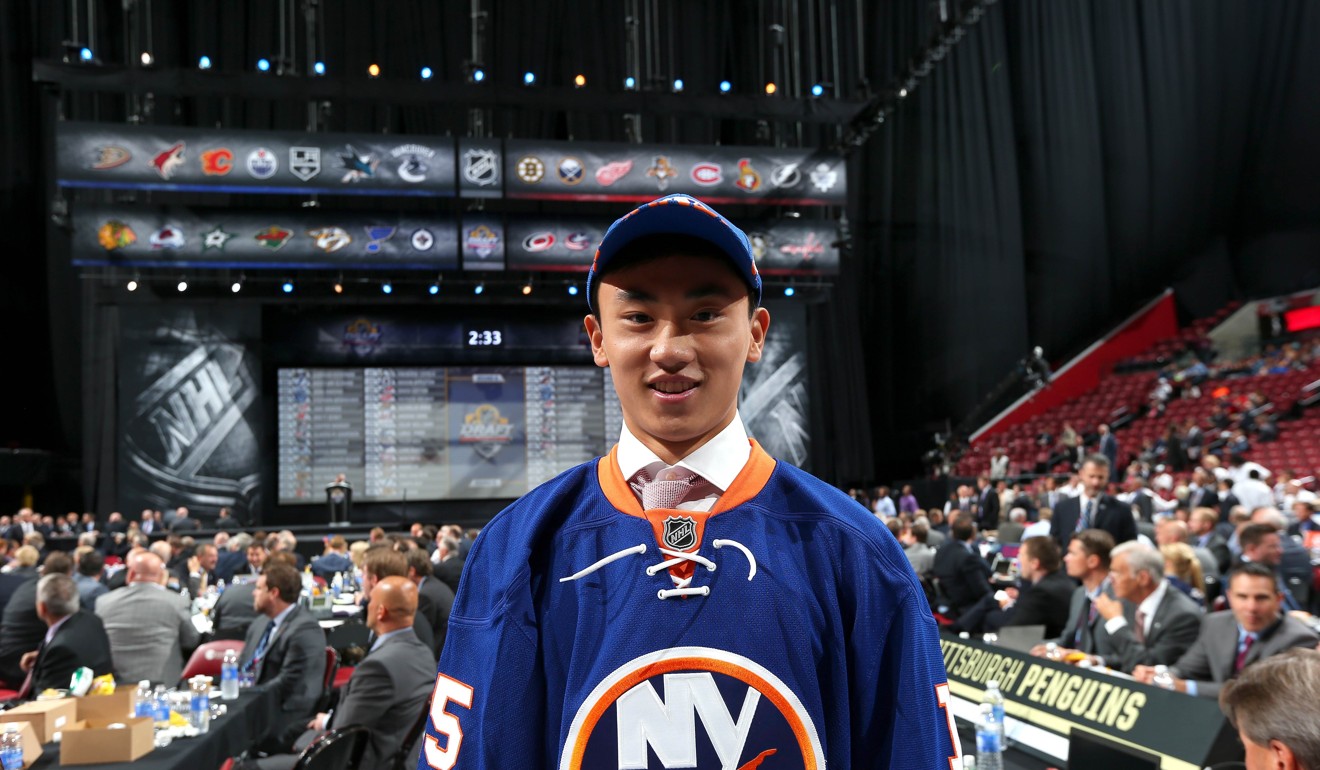
Vancouver’s Chinese community has finally embraced hockey. With an Asian superstar surely not far away, how did it happen?
Hockey has taken off in Richmond because of the Olympic Oval, initially built for the 2010 Winter Olympics

Richmond is well known for its Asian influence, most of the city’s residents are ethically Chinese, and there’s been a long-standing battle about Mandarin street signs overtaking English ones across the municipality. Many locals accuse the Chinese communities of creating ethnic silos, but if the integration of hockey into the enclave’s culture is any indication, things are changing.

Part of the reason the oval has been a success is the city of Richmond finally bucked up and made it a subsidiary corporation. This has, of course, cost taxpayers a lot of money, but eight years after the Games, the municipality is getting close to paying off all the debt, and the venue has attracted some high-profile events and hockey games, the most notably being the Richmond International Bantam Midget Hockey Tournament, which draws teams from all over the world.

The last domino still to fall will be a poster boy for the Asian community to supercharge Chinese interest in the sport in Vancouver even further. While the NHL has had many players of Asian descent, it is still waiting on a bankable, reliable superstar.
When the NHL came to China for two games a month ago commissioner Gary Bettman said it was only a matter of time before a Chinese phenom leaves a serious dent on the league.
There’s a few players of Chinese heritage who have made waves recently, including Beijing-born Song Andong, who became the first Chinese player to be drafted into the NHL in 2015.
While Song is playing in the NCAA, Jett Woo (named after Jet Li) was drafted by the Vancouver Canucks in the 2018 NHL Entry Draft, and many scouts think he could become an NHL mainstay.

He has played dozens of games for the New York Islanders, and if he can temper his flair, he might find himself a permanent spot on an NHL roster.
The league is going in the direction of Ho-Sang as well, who only weighs 78 kilos, in favouring smaller, faster, more skilled players over warriors who have predominantly been from the Canadian hinterlands.
This also bodes well for Richmond’s Chinese hockey community, as any step away from bigger players can’t hurt in a league that has up until now been dominated by towering, massive Anglo-Saxons. The Calgary Flames, who played in Shenzhen and Beijing this month, feature superstar Johnny Gaudreau, who is probably 68 kilos soaking wet and 1.75 metres on a good day.
The oval planted the seed for hockey in Richmond, and now as the scene blossoms within the Chinese community, as Gary Bettman said in Beijing, it is simply a question of when a superstar rises from the local enclave, not if.
My eye will be on the cold ice surfaces deep in the heart of Richmond for that day to finally come to fruition.

